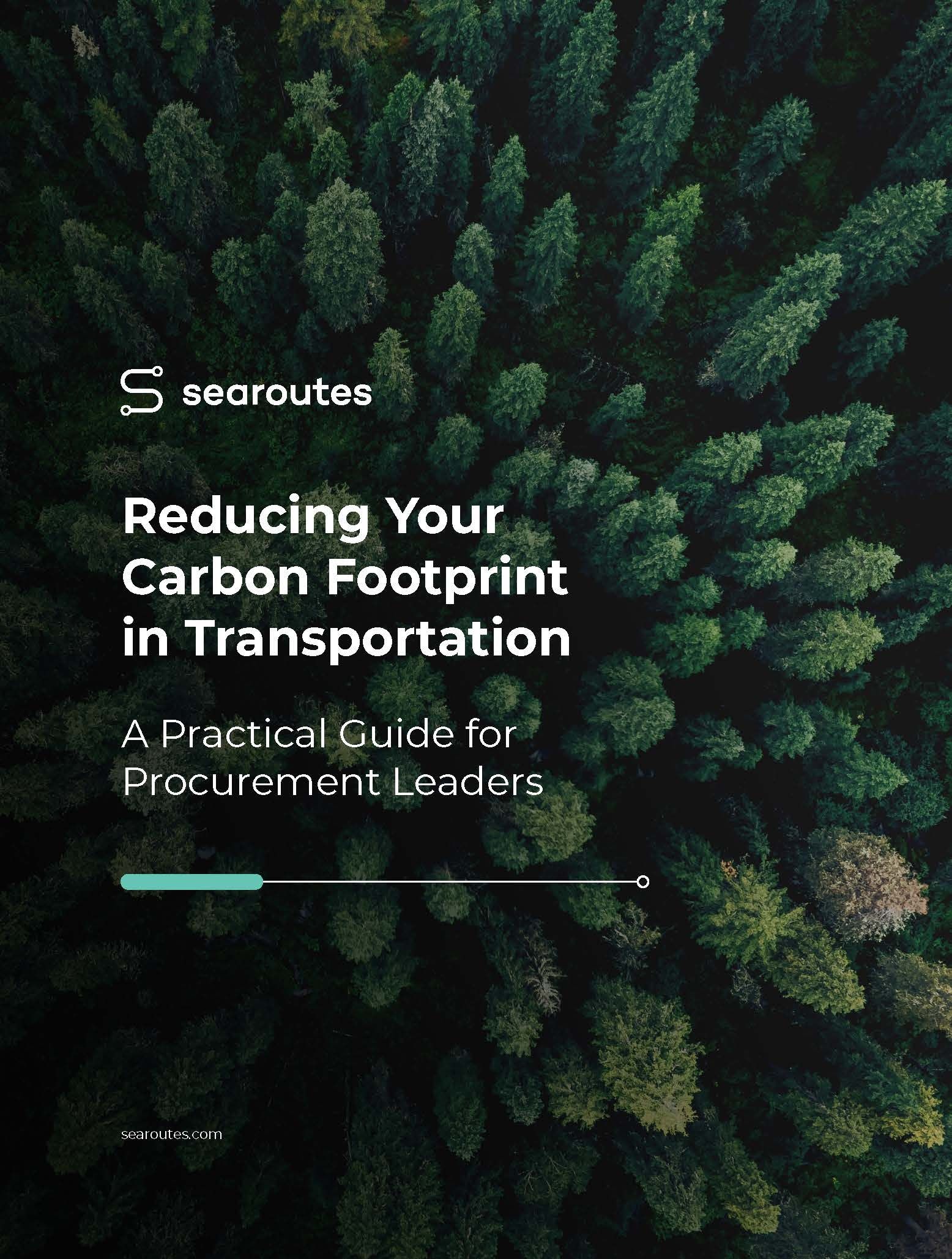
Enter your information below to access this white paper.
Get Steps to a Clear Strategy in This White Paper
Now more than ever, the world is faced with the urgent need for sustainable business practices. Acknowledging the detrimental environmental consequences of inaction, companies in every industry are proactively establishing sustainability initiatives. This responsibility is particularly critical for companies with global supply chains, as the environmental implications of transportation and logistics are magnified on a larger scale.
Where to Start with Sustainability
When it comes to carbon emissions, there are three scopes to assess. Scope 1 emissions are direct emissions coming from sources owned or controlled by the reporting company. Scope 2 emissions are indirect emissions from purchased electricity, heating, cooling, or steam. Scope 3 emissions are all other indirect emissions, resulting from a company’s activities but generated by sources beyond its direct control or ownership. Typically, this includes logistics and transportation.
For the majority of companies, Scope 3 constitutes the largest share of carbon emissions. This highlights the critical importance of addressing this category as a top priority in sustainability efforts. Mitigating Scope 3 emissions requires a comprehensive approach that encompasses the entire value chain and involves collaboration with suppliers, logistics partners, and other stakeholders. This is where sustainability risk management (SRM) comes in. With consideration to risk management frameworks, companies can identify hotspots and assess and mitigate the risk associated with their value chains. This proactive approach enables companies to make informed decisions, promote responsible practices, and effectively reduce their overall supply chain footprint.
How Do Companies Achieve More Meaningful Results?
Companies must prioritize decarbonization at the source, taking steps to reduce emissions directly. This is carbon insetting. While there are promising innovations in sustainable transportation, such as biofuels and electric vehicles, their availability and scalability are currently limited, requiring further development before widespread adoption across the industry. For now, the most accessible and effective solution is investing in sustainable procurement practices. This involves optimizing routes, modes of transport, and other shipping decisions to minimize Scope 3 emissions. Considering that container ships alone contribute approximately 2.5% of the world’s total carbon emissions and that over three-quarters of global trade involves complex global supply chains, focusing on ocean freight is one of the best places to start.